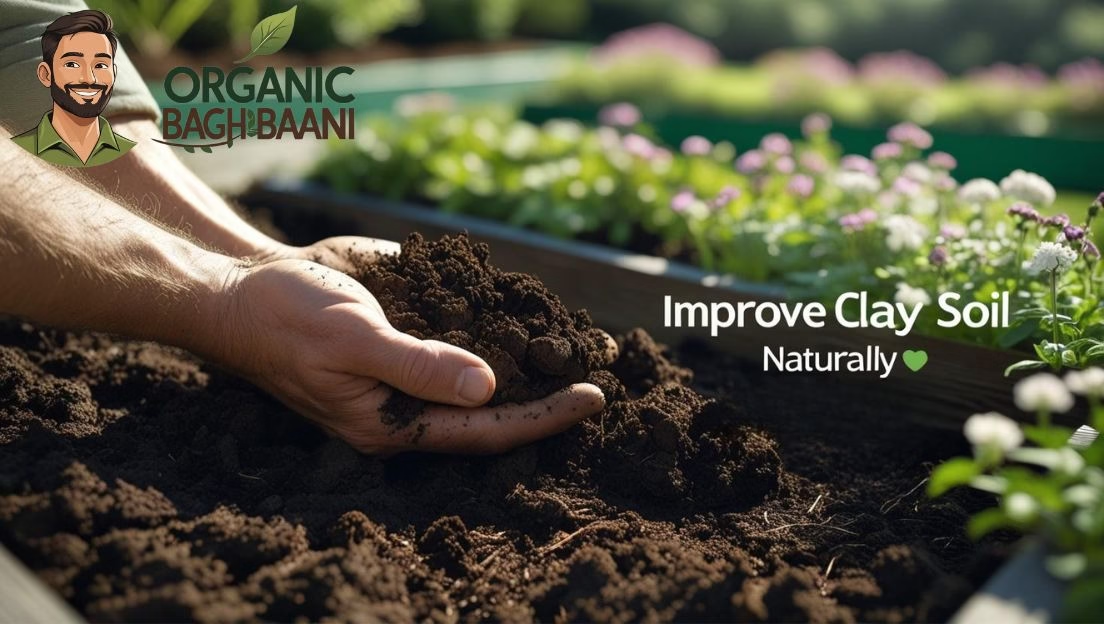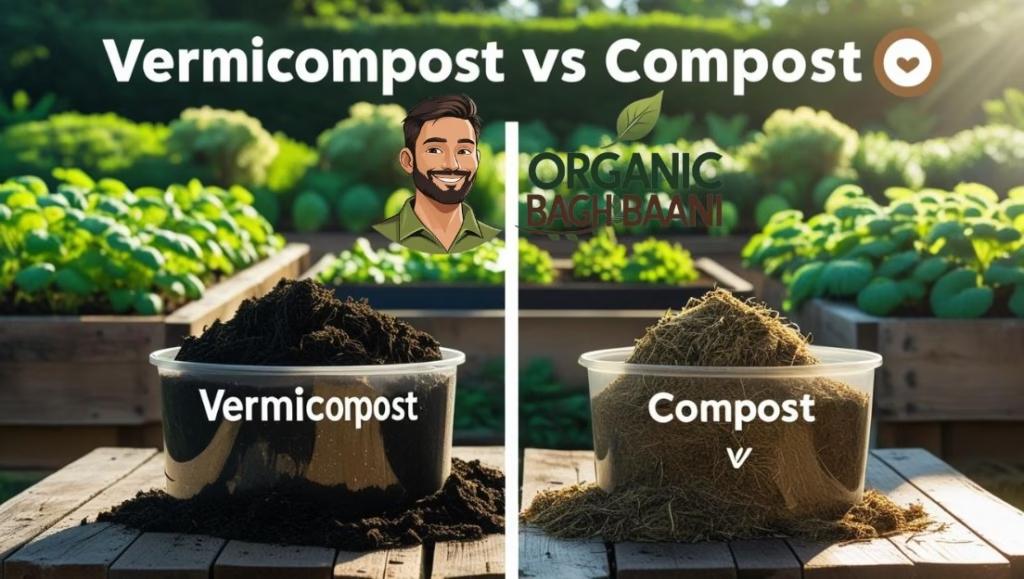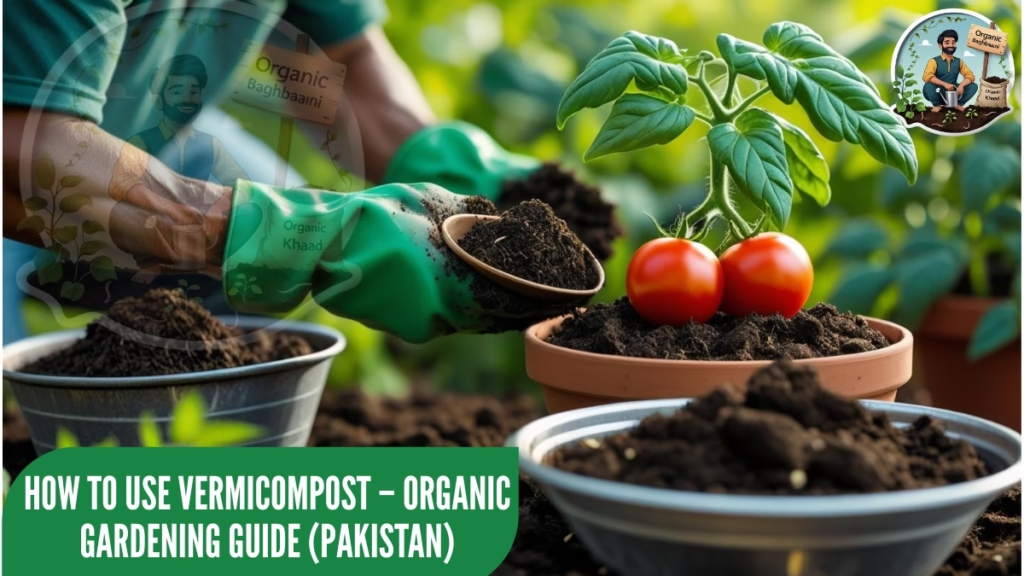Best Gardening Tips and Fertilizer Guides
How to Improve Clay Soil Naturally (Without Chemicals)

Heavy, compacted clay soil can be one of the most frustrating challenges for gardeners across Europe, the UK, and Canada. Waterlogging, poor drainage, and slow root growth can make it nearly impossible to grow healthy vegetables or flowering plants.
At Organic Baghbaani, we’ve worked with clay soil on our own regenerative farm in Pakistan. Over the years, we’ve tested several natural methods that actually work without relying on synthetic additives or chemical soil breakers.
In this post, we’ll walk you through proven, natural ways to improve clay soil, especially if you’re an organic gardener using raised beds, planters, or small garden plots.
Why Clay Soil Is a Problem
- Poor drainage: Water gets trapped in tight particles
- Compacted texture: Makes it hard for roots to grow
- Nutrient lock-up: Even if you fertilize, plants can’t absorb properly
- Cracking in summer: When dry, clay becomes hard like concrete
But the good news is: you can improve it naturally over time.
✅ 5 Natural Ways to Improve Clay Soil
1. Add Organic Matter (Compost & Vermicompost)
Adding rich organic material is the single most effective way to loosen clay soil.
Vermicompost (compost made by earthworms) is especially powerful. It adds beneficial microbes, improves water retention without clogging, and gradually separates clay particles.
💬 We’ve seen compact soil transform into crumbly, healthy loam within 2–3 months of adding vermicompost regularly to raised beds.
🛒 Recommended: Vermicompost for Soil Health
2. Use Biochar for Long-Term Structure
Biochar is a type of charcoal that boosts soil aeration. It also absorbs nutrients and releases them slowly, which is ideal for clay-heavy soils that usually trap nutrients.
Mixing biochar with compost before applying it helps “charge” it and avoids nitrogen lock-up.
💡 We use a 70:30 mix of compost and biochar for all new planting beds in heavy soils.
3. Avoid Tilling Wet Soil
Never till or turn clay soil when it’s wet — it compacts even more. Work the soil only when it’s moist and crumbly. Raised beds or no-dig gardening work better in clay-based gardens.
4. Add Mulch Regularly
Mulch (like straw, leaves, or wood shavings) helps:
- Prevent the soil from drying/cracking
- Feed earthworms and microbes
- Reduce erosion from rain
Over time, mulch breaks down and becomes organic matter. It’s free improvement!
5. Grow Clay-Tolerant Plants First
Before growing sensitive veggies, first grow:
- Clover (green manure)
- Comfrey
- Mustard greens
These plants loosen the soil naturally with deep roots. Once removed, the soil will be easier to work with.
Personal Experience from Our Farm
In the early days, we struggled with sticky, grey clay on the edges of our compost pits. Regular chemical-free amendments — especially vermicompost and biochar — helped us reclaim that land for vegetables and even soft-rooted herbs like coriander and lettuce.
Our customers often send photos showing how their container gardens and raised beds finally took off after 3–4 weeks of consistent composting.
Safe for Every Garden Type
All the methods mentioned here are:
- ✅ 100% organic
- 🐶 Pet-safe
- 👨👩👧👦 Family-friendly
- 🌾 No artificial soil conditioners
You don’t need imported soil or synthetic mixes. Nature already has the answers.
🛒 Natural Products That Help Clay Soil
We offer farm-fresh, small-batch amendments trusted by gardeners across Pakistan — and growing interest from Europe.
- Vermicompost – Softens soil, improves microbes
- Biochar – Aerates and nourishes soil long-term
- Wood Shavings – Great as mulch or composting carbon
📦 We are currently expanding into international exports. Contact us at contact@organicbaghbaani.com for bulk orders or global shipping options.
Summary
Improving clay soil takes time. But natural methods work best in the long run. With compost, biochar, and consistent mulching, you’ll notice:
- Softer texture
- Better root growth
- Easier planting
- Happier plants


